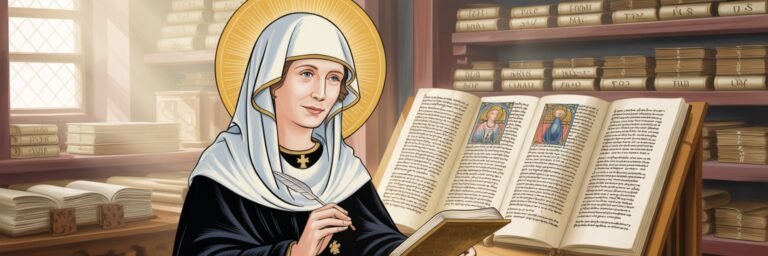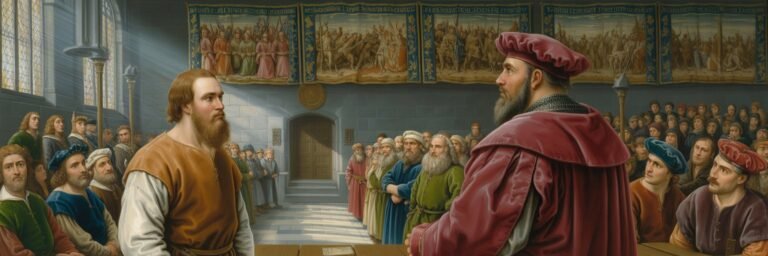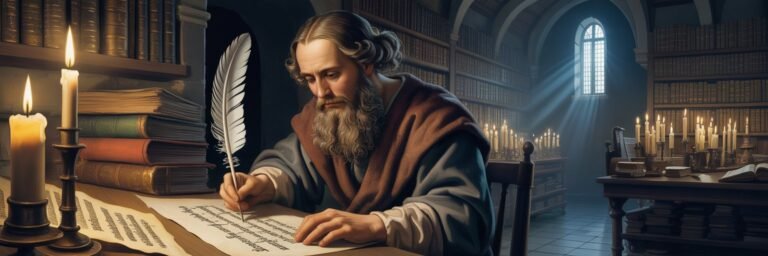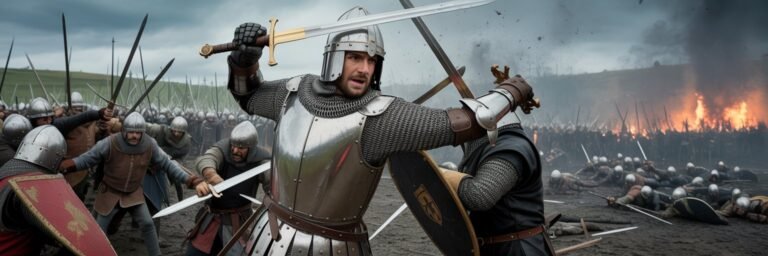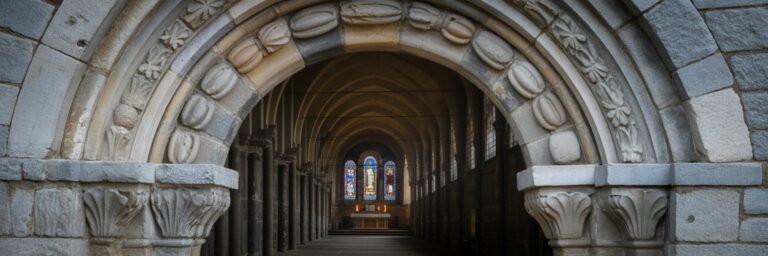INTRODUCTION
As we unveil the curtains of time and travel back several centuries, we find ourselves in the age of chivalry, knightly valor, and the birth of Gothic architecture, an epoch revered as the Middle Ages. It was a time characterized by social fluidity, fervent devotion, and rapid evolution in art, religion, and society, that significantly contributed to the collective human narrative. As we traverse this balanced tightrope between the antiquity and modernity, it would be profoundly intriguing to explore the cultural legacy of this captivating epoch, the Middle Ages.
HISTORICAL BACKGROUND
Broadly spanning from the 5th to 15th century, the Middle Ages, also called the medieval period, was marked by the decline of the Roman Empire and the ushering of the Renaissance era. The epoch can be further divided into Early (5th-10th century), High (11th-13th century), and Late (14th-15th century) Middle Ages.
In the backdrop of political turmoil, amplified spirituality, and the Black Death pandemic, the Middle Ages was a transformative period etching its eternal prints on human consciousness. The Byzantine’s intellectual grandeur, the Islamic Golden Age, the Crusades, the Magna Carta, Charlemagne’s Holy Roman Empire and many such historical milestones coalesced the crux of medieval times.
THEORIES AND INTERPRETATIONS
Although widely romanticized for knightly valor and chivalric codes, the Middle Ages was far from being an era of universal darkness and ignorance as often portrayed.
Historian Dobson contests the notion of the “dark ages” and highlights the sophisticated system of education in monasteries and cathedral schools. Pirenne’s Thesis exceptionally pivoted the perception of the Middle Ages by arguing the continuity of Roman civilization in the Frankish empire until the Islamic conquests. Johann Huizinga, meanwhile, depicted the medieval times as an epoch of dichotomies—vivid colors yet deep melancholia, religious devoutness yet violent conflicts, an age teetering between extremes.
MYSTERIES AND CONTROVERSIES
The Middle Ages was a crucible of enigmas and disputes lending an air of captivating obscurity to the epoch. The primary bone of contention often revolved around the Church’s immense theocratic power, accommodating heresies or heterodoxies like Catharism that questioned archaic doctrines.
The infamous trial of the Knights Templar and their alleged misconduct, their hidden treasures, and the shadowy Friday the 13th curse still baffle historians today. Equally intriguing is the mystery of the Green Children of Woolpit, who appeared suddenly speaking an unknown language, with an inexplicable green hue to their skin.
SYMBOLISM AND CULTURAL SIGNIFICANCE
The Middle Ages pulsated with rich symbolism where every object, number, or color bore a subjective meaning, mostly rooted in Christian theology.
Visigothic and Byzantine art engraved religious icons in public consciousness, while the Notre Dame Cathedral’s gothic splendor unfolded Biblical tales through sculptural details and stained glass. Hagiographies, like the ‘Golden Legend’, were symbolic narratives aggrandizing saintly virtues. Courtly Love literature, like the ‘Roman de la Rose’, crafted an allegorical universe where codified chivalrous love became a metaphor for spiritual awakening.
MODERN INVESTIGATIONS
Modern research paints a layered picture of the Middle Ages, constantly delineating newer aspects of its social, cultural, and political realms. Archaeological findings have unearthed compelling evidence hinting at an advanced medieval society — from sophisticated water management systems to intricate glass windows.
Research in medieval literature has led to delightful discoveries, such as an unseen page in the famed ‘The Tale of Genji’, potentially altering its interpretation. Digital humanities are bringing the Middle Ages alive, mapping medieval travels, like the routes of the Vikings, and recreating immersive experiences of medieval cathedrals.
LEGACY AND CONCLUSION
The legacy of the Middle Ages cannot be compartmentalized into few cursory remarks. It is a flowing river that still nourishes the many fields of our understanding. It gave birth to the ideas of nation-states, representative assemblies, and structured legal systems.
Universities, as we know them today, were a construct of the Middle Ages, preserving and propagating knowledge. Modern English literature owes its foundation to Chaucer’s ‘Canterbury Tales’, while Dante’s ‘Divine Comedy’ became a beacon of Italian literature. The verses of Troubadours’ songs, the tinkling melodies of Gregorian chants and the hallowed notes from the medieval church organs all resonate in our music today.
Studying the Middle Ages is akin to studying our own reflection, occluded by the mist of time but eternally relevant, simmering with stories of valor, faith, love, life, and the timeless human spirit. As we unfurl this intricate tapestry, we rediscover and redefine ourselves; we come closer to understanding what it means to be human, a journey that is not bound by the trappings of time, but exists, perpetually, in all ages and all cultures.

